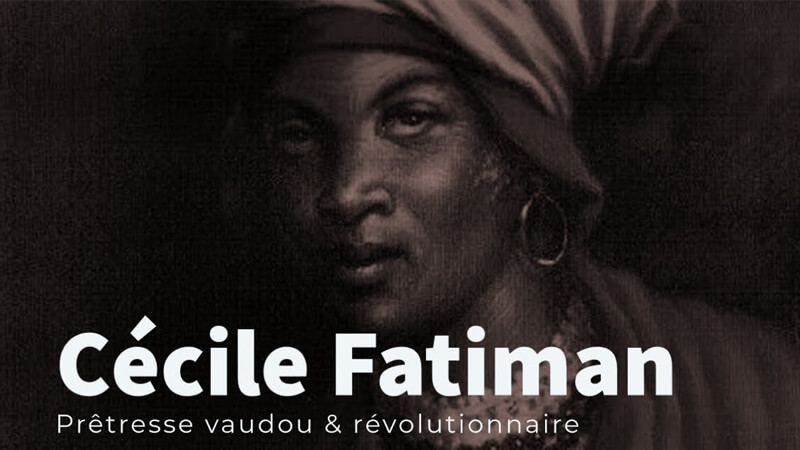Biography of Abd al-Rahman II: – Emir of Cordoba (822-852). His reign was characterized by political instability. Protector of the arts and letters, Cordoba became a great cultural center. He began a persecution against the Mozarabs and repelled the Norman incursions.
Biography of Abd al-Rahman II
- Born:- 788 AD, Toledo, Spain
- Died:- 852 AD, Córdoba, Spain
- Parents:- Al-Hakam I
- Children:- Muhammad I of Córdoba
- GrandChildren:- Abdullah ibn Muhammad al-Umawi, Al-Mundhir of Córdoba
- Successor:- Muhammad I of Córdoba
The younger son and the favorite of Al-Hakam I and the concubine slave Halwa, happened in 822 to his father, who fifteen days before dying had declared him his heir.
See Also: Biography of Abdul Hamid II
Invited as emir, he received the oath of allegiance from the people, whose sympathy won from the first moment with the promulgation of a series of measures on the treasury, while with others of religious type attracted to the alfaquies.
The transfer of power took place in an orderly manner, but a brother of Hisam I, Abd Allah al-Balansi, who was an old candidate for the throne, took advantage of the situation to extend his Valencian dominion over the lands of Tudmir (Murcia).
The intervention of the emir was not necessary, as the rebel suffered an attack of paralysis that forced him to retire to Valencia, a city that returned to the direct dominion of Cordoba.
The peace of his reign was broken by three major rebellions. The first began in Merida in 828, when the Berber Mahmud ibn Abd al-Yabbar and the muladi Sulayman ibn Martín assassinated the governor of the city, in which they declared themselves independent.
The emir took six years to recover the square, after which construction began (in 835 according to the foundation stone that is still preserved) of a citadel for the Umayyad garrison. The second was the sedition of Toledo (an ever-contentious city), led by a modest hired man, Hashim al-Darrab.
But this one died in 831 during a raid by Santaver (Cuenca) and Daroca, and the city was reconquered in June of 837. The last rebellion began in Tudela in 842, where a member of the Banu Qasi family, Musa ibn Musa, declared itself In open war with the emirate, Supported by the Basque-Navarre dynasty of Inigo Arista.
Defeated in May of 842 by the army sent from Cordova, both parties signed in 844 an armistice, that was broken in 847 by Musa, who remained elevated during the following fifteen years.
A singular event of his reign was the incursions in the peninsula of the Normans that arrived to penetrate until the same Seville.
In 844 the Normans attacked Gijón and La Corunna, and on August 20 of that year they landed in Lisbon, where for thirteen days they were fighting. They continued along the coast to the south, to the mouth of the Guadalquivir.
They took possession of the port of Cadiz and entered the river until Coria Del Rio (September 30) and Seville itself, cities that destroyed and looted. Meanwhile Abd al-Rahman assembled an army and placed him under the orders of his three best generals, Abd Allh ibn Kulayd, Abd al-Wahib and Muhammad ibn Rustum, who overcame the Normans in the field of Tablada on 11 November. The invaders marched towards Aquitaine,
Abd al-Rahman II also had to face other internal rebellions that on several occasions shook their territories. The first one was carried out by the Arab inhabitants of Tudmir (Murcia), faced in the Shia and Yemeni clans.
Between the two sides a war that lasted seven years was unleashed, until the emir, once weakened the enemies, decided to intervene and restored peace, after which ordered in 831 the demolition of the old Gothic city of Ello, which was A center of intrigue, and built the new city of Murcia, seat since then of the governors of Tudmir.
Another conflict was provoked by the Mozarabs of the capital when they began a series of provocations against Islam (they blasphemed publicly against Allah), which began especially in the monastery of Tabanos and led to the imprisonment of Eulogio, leader of the opposition.
To remedy this unstable situation, the emir convened a Council in 852, which was presided over by Recaredo, metropolitan of Seville, and attended by all the bishops of the Andalusian dioceses.
It was concluded that the sacrifices were useless and an appeal was made to those present to try to end the movement, a requirement that was opposed by Saul, a bishop of Cordoba, who supported the martyrs. However, the martyrdoms of Mozarabs continued until a few days before the death of the Emir.
Nevertheless, the tranquility of the territories that he governed allowed Abderramán II to march against the Christian kingdoms. In 823 he directed an aceifa (expedition realized in summer) by the lands Alava, in which was obtained an important booty.
In August of 824 the Muslim troops, under the command of the general Ubayd Allah ibn Abd Allah, again ravaged the lands of Álava and defeated Alfonso II at the foot of the Mount of the Magi.
In 826 the same general made a campaign for lands of Galicia and Castile and in 828 marched against the Hispanic Brand and put siege to Gerona and Barcelona, although it had to desist to recover both cities.
In 838 a new campaign took place, in which three general Umayyads intervened, and in 840 the emir himself personally directed another aceifa by Galicia that only gave him some booty.
In 841, while Prince Al-Mutarrif was running an Aceifa in Galician territory, General Abd al-Wahib ibn Yazid al-Iskandarani entered Catalan territory, attacked the Cerdanya and reached as far as Narbonne.
The last important expedition is the one that directed another prince, Muhammad, against Leon, city that besieged and left totally destroyed in 846.
Abd al-Rahman II inaugurated the relations between al-Andalus and the independent kingdoms of North Africa (with the rustumíes magnets of Tahart). Also the relations between the court of Cordova and the Byzantine one of Constantinople were opened.
Thus, in 840 the ambassador of the Emperor Teofilo, the Greek Qartiyus, was received in the Andalusian capital, who, among other things, asked for help in evicting the Andalusian pirate Abu Hafs Umar al-Ballutí from the island of Crete.
During the reign of Abd al-Rahman II, the coinage of money, which had been scarce until that time, multiplied, for which a dar al-sikka (Ceca or Casa de la Moneda) was created in Cordoba.
As for the administration, its work was considerable, as it organized the hierarchies of government magistrates according to the state model that the Abbasids had imposed in Baghdad: government officials, secretaries (katib) and viziers (wazir) were assigned to the chancery, and the intendants (qahraman) and the accountants (amiri) to the direction of the treasury.
The management of the state treasury (diwan al-jizana), led by a diwan, was inspected by the amines. All of them, who received a salary, were under the authority of the hayib (chamberlain or prime minister).
He organized the urban police bodies into two Shurtas and continued the work of his predecessors to reorganize and increase the army’s troops; also the marina was equipped with new units,
During its mandate the citadel of Mérida, the walls and the mosque of Seville and the mosque of Jaén were built; The Greater Mosque of Cordoba was also enlarged in 833 and 848. Abd al-Rahman II was surrounded by poets and sages, including Abbas ibn Firnas and Yahya al-Gazal.
He died on the night of September 22, 852, perhaps because of one of the many intrigues that plagued him in the last years of his life. He was buried in the Rawda (sepulchral chapel) of the Cordoban Alcazar. He was succeeded by his son Muhammad, known from then on as Muhammad I.




